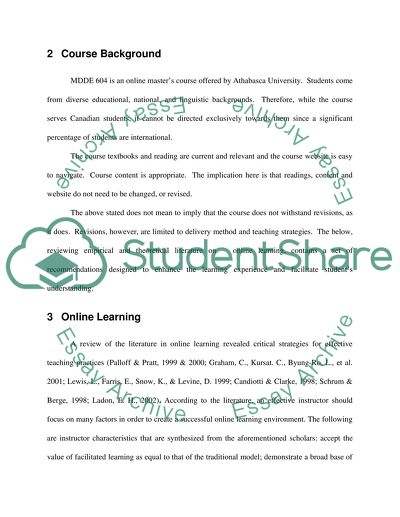Cite this document
(“Instructional Design and Program Evaluation Essay”, n.d.)
Instructional Design and Program Evaluation Essay. Retrieved from https://studentshare.org/education/1520710-re-designing-an-online-masters-university-course
Instructional Design and Program Evaluation Essay. Retrieved from https://studentshare.org/education/1520710-re-designing-an-online-masters-university-course
(Instructional Design and Program Evaluation Essay)
Instructional Design and Program Evaluation Essay. https://studentshare.org/education/1520710-re-designing-an-online-masters-university-course.
Instructional Design and Program Evaluation Essay. https://studentshare.org/education/1520710-re-designing-an-online-masters-university-course.
“Instructional Design and Program Evaluation Essay”, n.d. https://studentshare.org/education/1520710-re-designing-an-online-masters-university-course.


